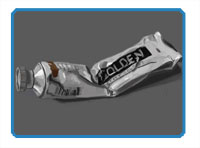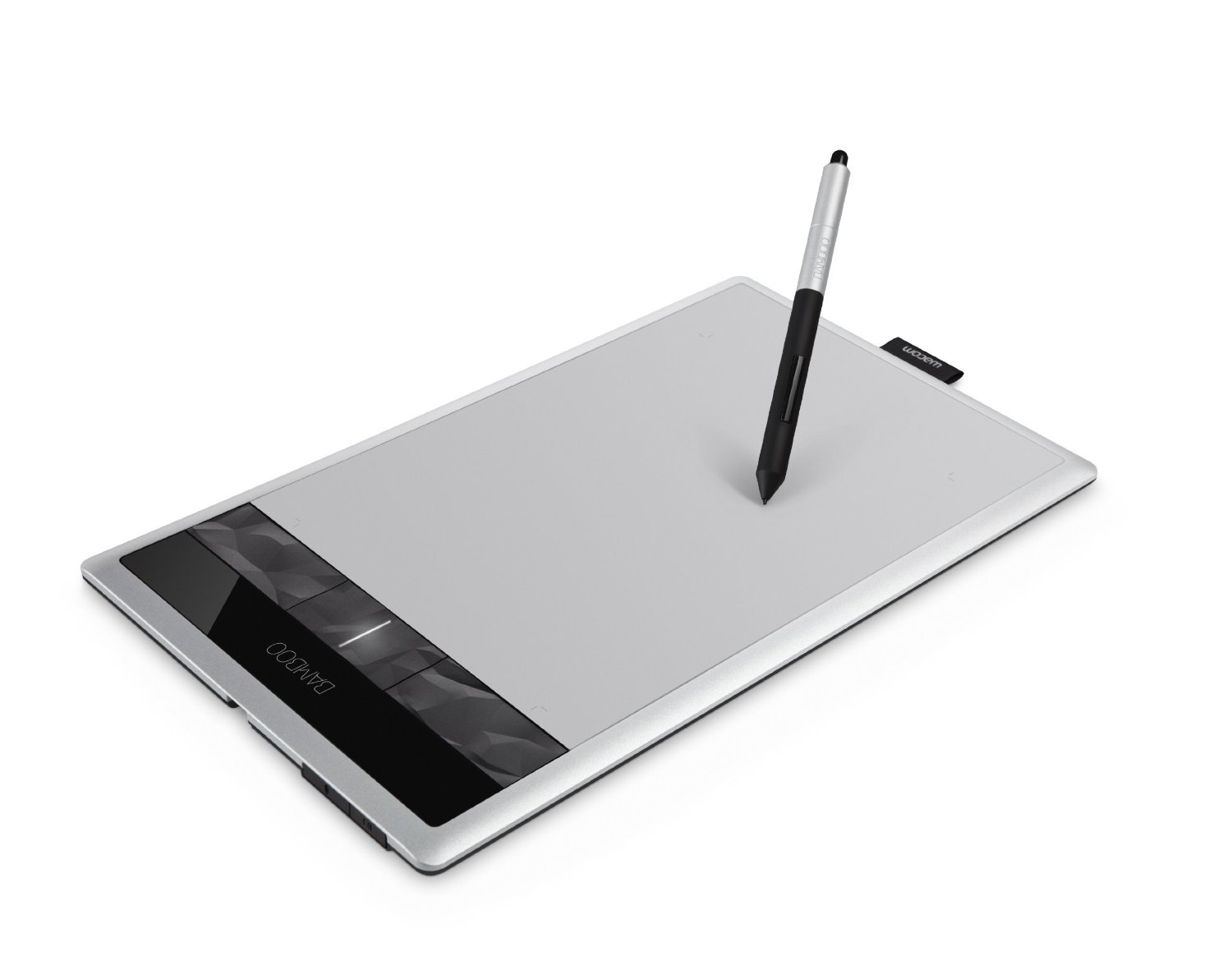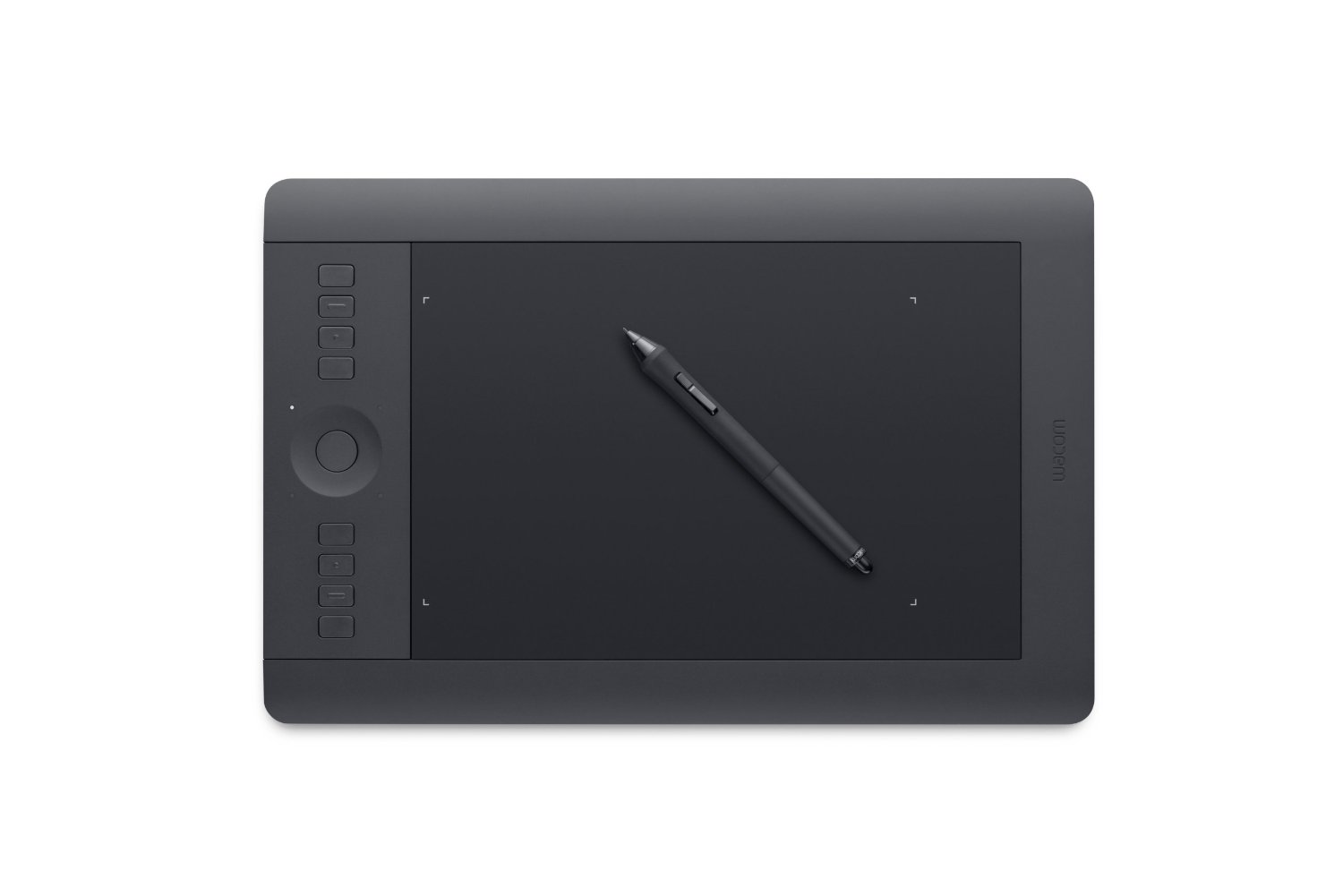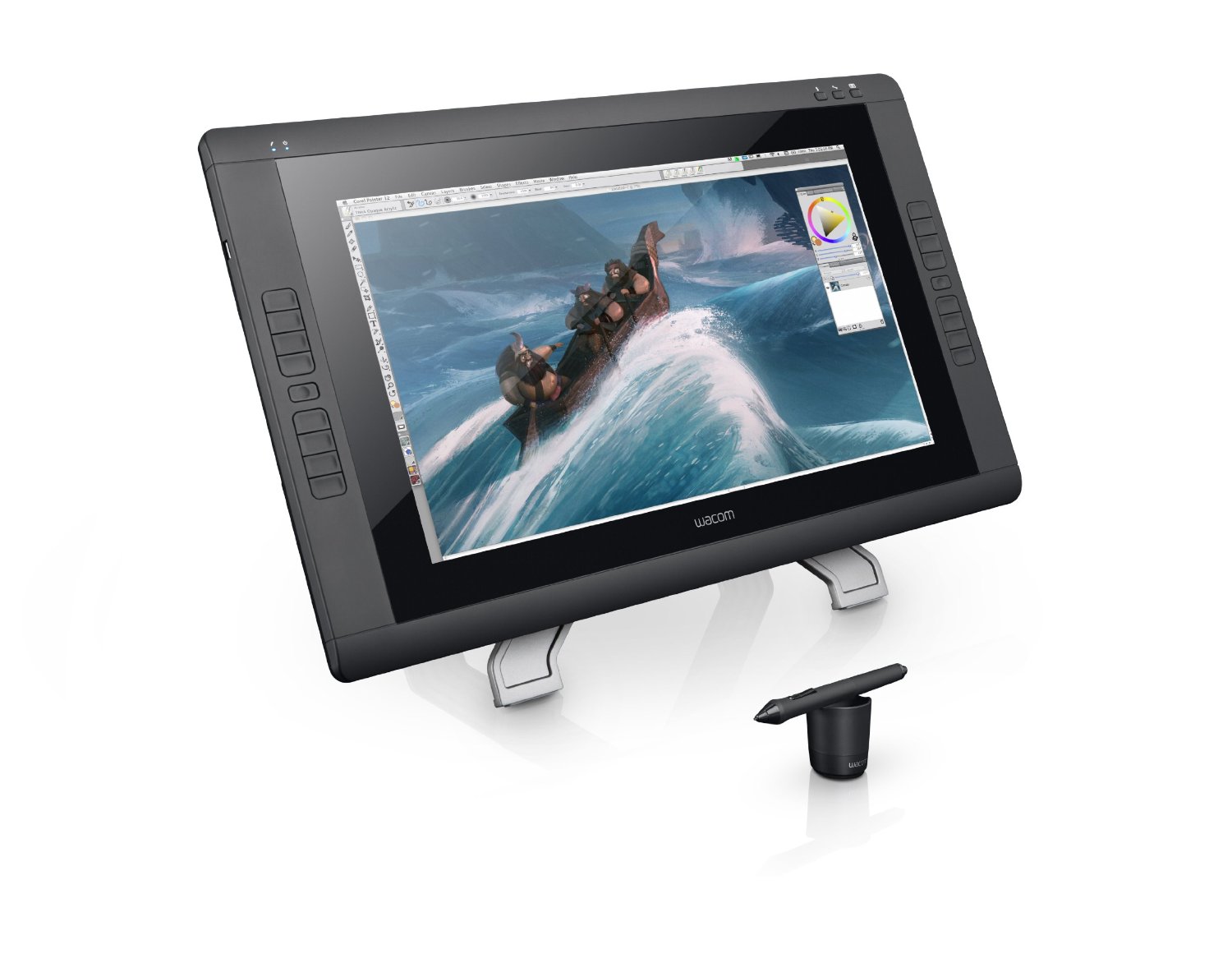
By Matt Fussell
New materials, techniques, and processes have made their appearance throughout the history of art. Acrylic painting, for example, is still a relatively new player on the scene. The first acrylic paintings didn’t appear until the 1940s. These days, however, acrylic painting is accepted as a medium suitable for producing works of fine art.
A new medium has appeared in recent years, yet its acceptance into the world of “fine art” has been somewhat sluggish. The medium I’m referring to is digital painting.
Although its acceptance has been slow and snubbed by some in the art world, it is my opinion and hope that the medium of digital painting will be fully accepted as a form of “fine art” in the near future. Many traditional illustrators have already made the switch to working exclusively with digital media. One of which is William Low.
There are no fumes from mineral spirits, no brushes to clean, and no paint that needs to dry. There is just a computer, a graphics tablet, graphics software, and the artist.
The setup is decidedly different, but the thought process is the same. The artist must choose the brush, choose the color, and make the mark. Time is saved because there is no mixing of colors and the paint never runs dry.
Recommended Materials for This Tutorial
Adobe Photoshop
The following video demonstrates a digital oil painting using Adobe Photoshop. More information on what you need to start digital painting today can be found below the video.

The brushes that are used by digital artists produce marks that are remarkably similar to traditional media. Oil brushes blend and mix as if they are wet. Watercolor brushes flow, drip, and bleed. Graphite brushes respond to pressure producing light and dark values.
“Media” can be mixed without concern and infinite layers and versions can be created. Not to mention that mistakes are eradicated with a click.
Finished works can be printed on canvas and presented just like a work created with traditional media.
Just like any form of traditional media, there are a few tools that are required to create digital paintings.

You’ll first need graphics software. The most popular programs are Adobe Photoshop and Corel Painter
. Many artists use Autodesk SketchBook Pro
as well, but it is generally best for drawing. The demonstration on this page uses Adobe Photoshop.
While you can draw basic shapes with a mouse, you really need a graphics tablet. A graphics tablet allows you to draw and paint with the “feel” of a traditional tool. Pressure can be used to vary the thickness and intensity of the mark.
Tablets can range greatly in price and quality. I have had experience with 3 different tablets, all of which are made by Wacom. The Bamboo tablet is inexpensive and great for students. The Intuos tablet is a bit more expensive, but has more options. By far, the very best that I have used is the Cintiq 22HD.
The Bamboo Tablet
- A great option for the beginner, the Bamboo tablet allows you the feel of a traditional tool for drawing or painting in a graphics program. The working space is relatively small in my opinion, and the feel of the surface is slick and synthetic. It takes some time to get used to not seeing your hand make the mark. I own this tablet and have since replaced it with the Cintiq.

The Intuos Tablet
- The Intuos provides a feel that is much more like drawing on sheet of paper. The mark seems to be a lot smoother and it’s less awkward than the Bamboo. There are more features included with the Intuos as well. The downside is that it’s a lot more expensive than the Bamboo and I’m not sure that the price difference justifies the features that you get. And just like with the Bamboo tablet, it takes time and practice to get used to painting without seeing your hand.

The Cintiq
- Okay, now this one isn’t even in the same ballpark as the other two. The Cintiq is actually an HD monitor that is also a tablet. The huge advantage is that you can draw or paint directly where you want the mark, just like on a canvas. The tablet includes a stand that can be tilted nearly flat or propped up like an easel. The screen also rotates, so you can draw comfortably in any position. The only downside is the price which matches the cost of a high end computer. But if you consider the cost of art materials purchased over several years, the Cintiq may be worth the investment.

Adobe Photoshop comes standard with many capable brushes. However, most artists want a bit more versatility. There are plenty of free brush sets that can be downloaded from the internet and plugged into Photoshop.
The most natural set of brushes that I have come across are made by artist, Kyle Webster. His set of brushes are used by industry professionals at Disney, Marvel Comics, Sony Pictures, and Dreamworks - just to name a few.
Kyle’s set of brushes are reasonably priced for just a few bucks. You can download his brush sets at kylebrush.com.
Choosing to go digital with your drawing and painting does take some "getting used to". But the experience is rewarding and just as satisfying as working with traditional media.